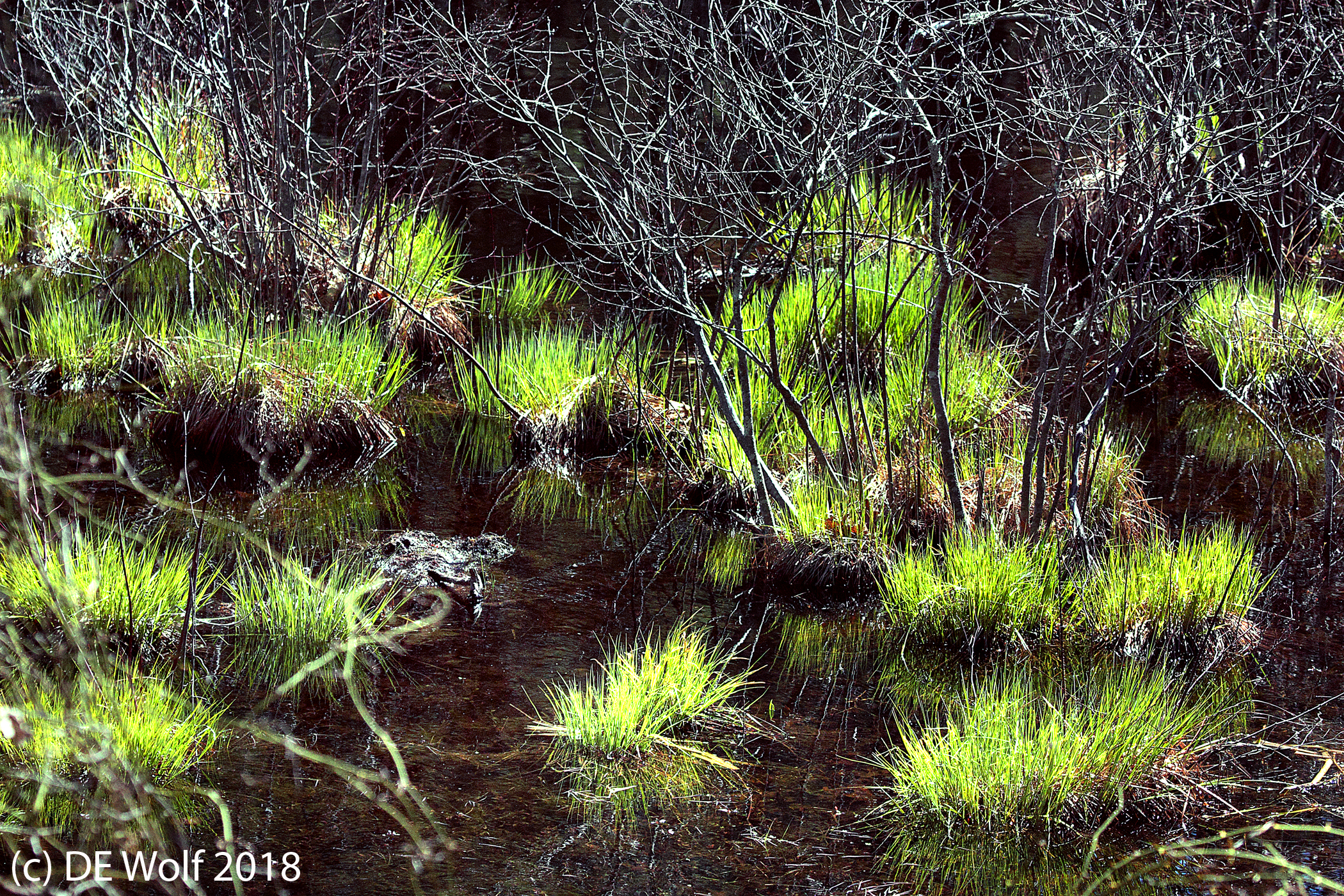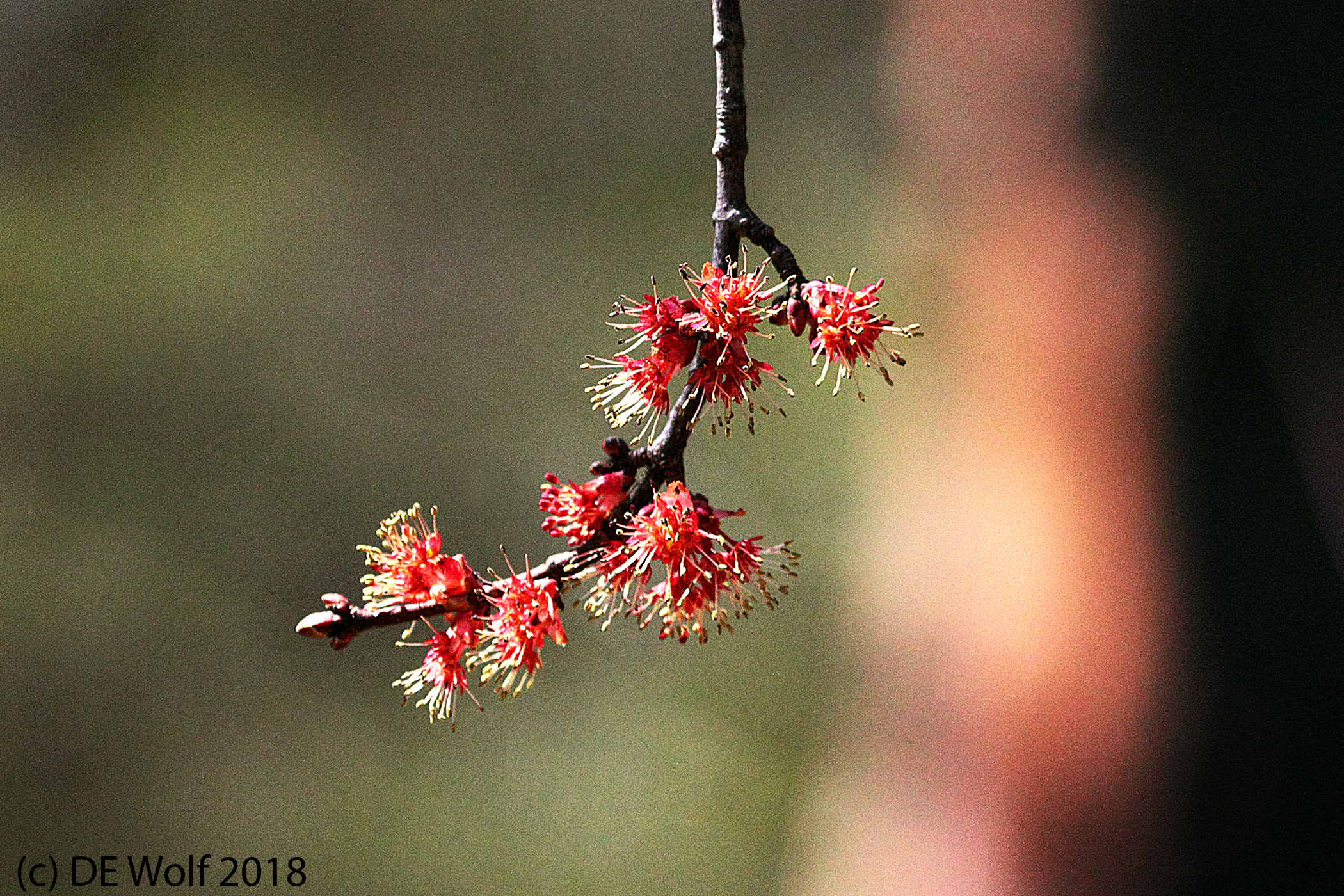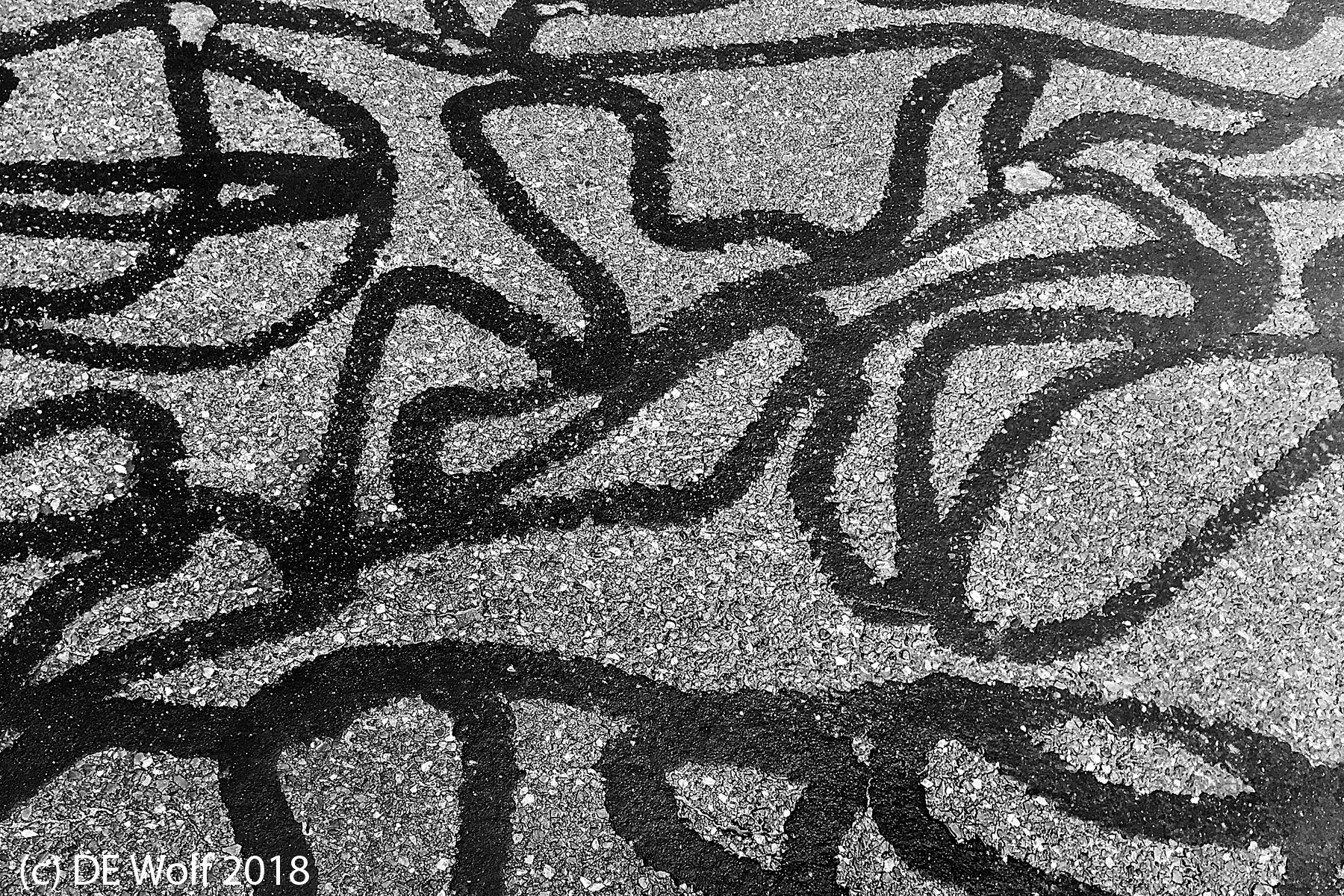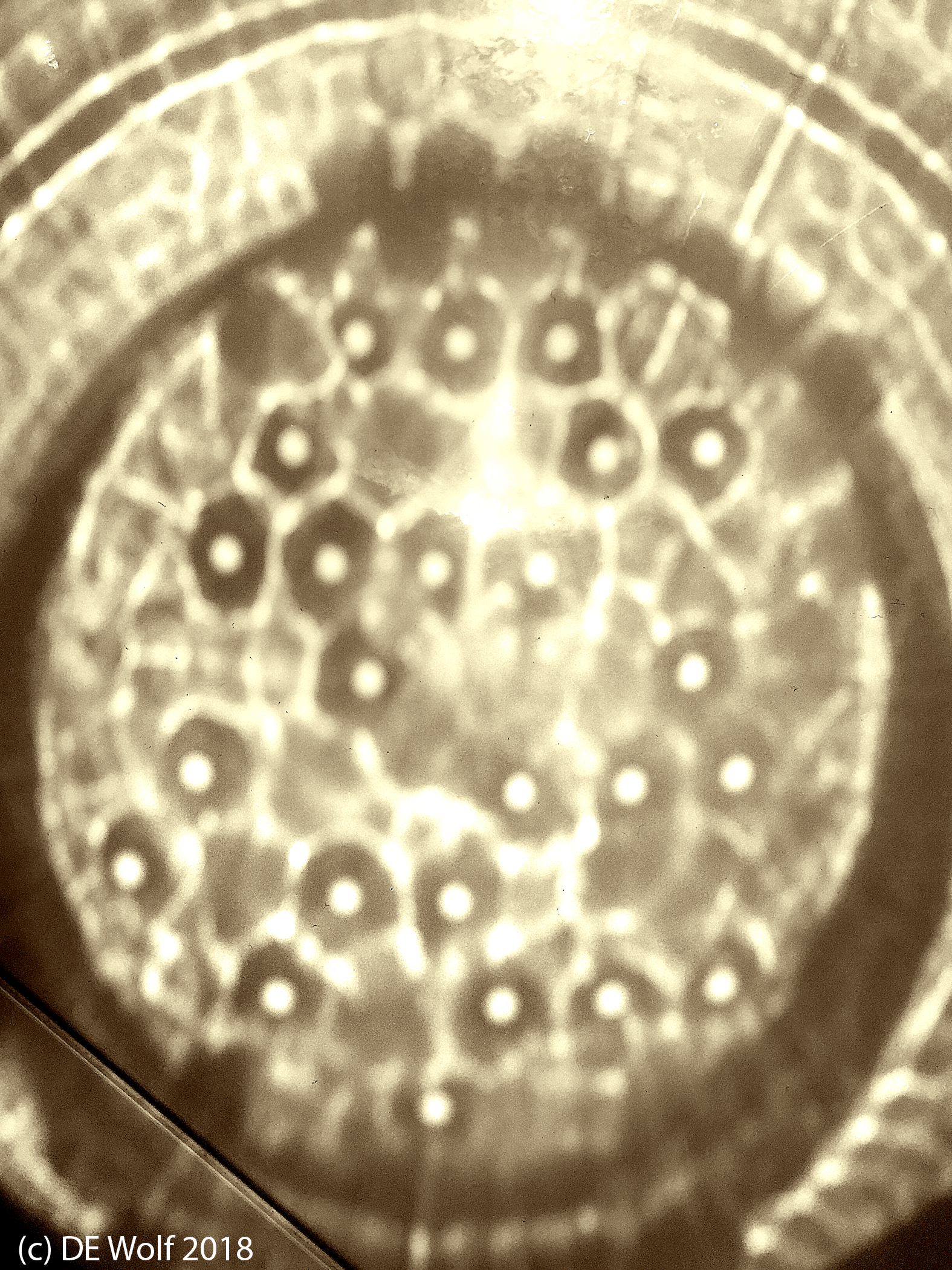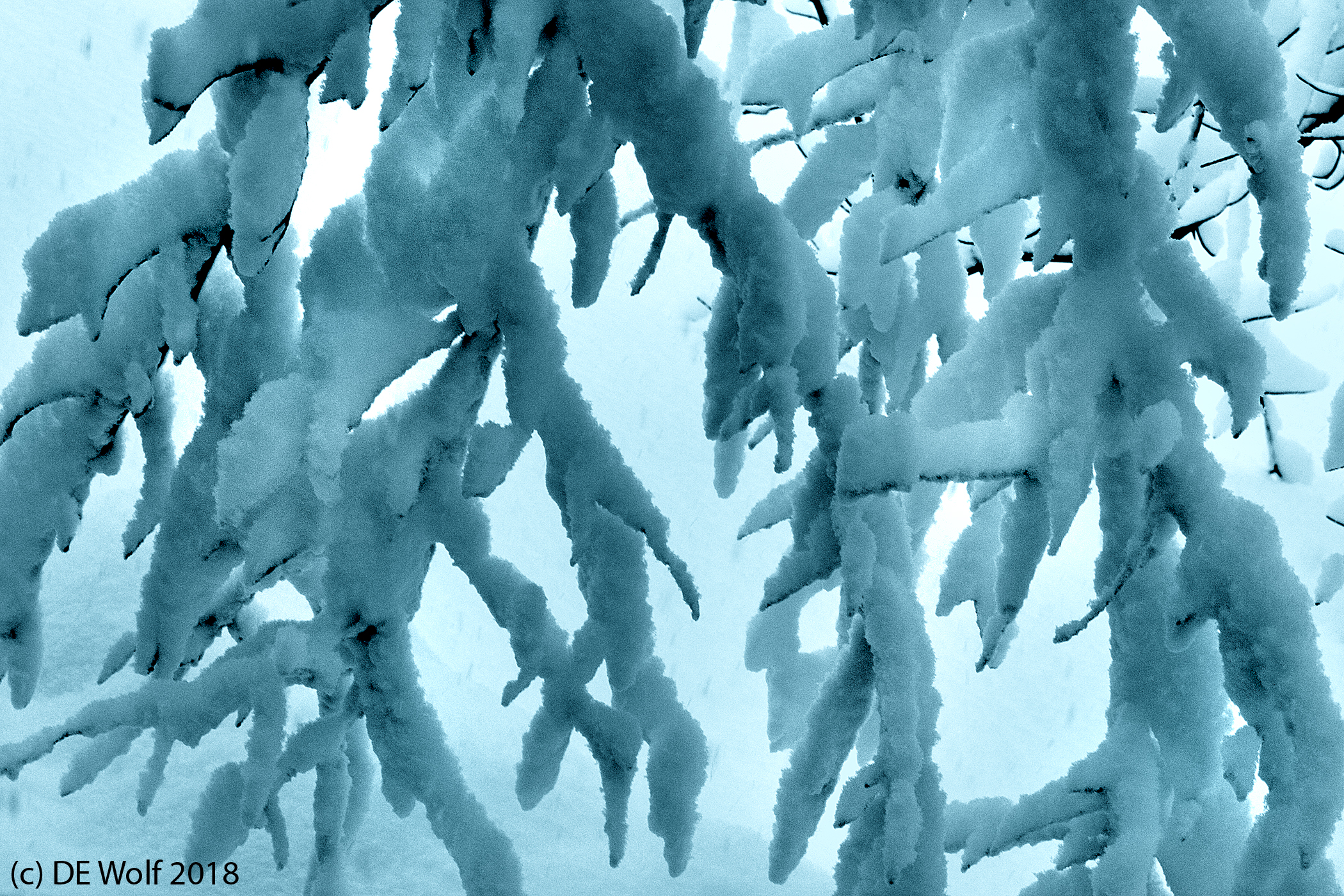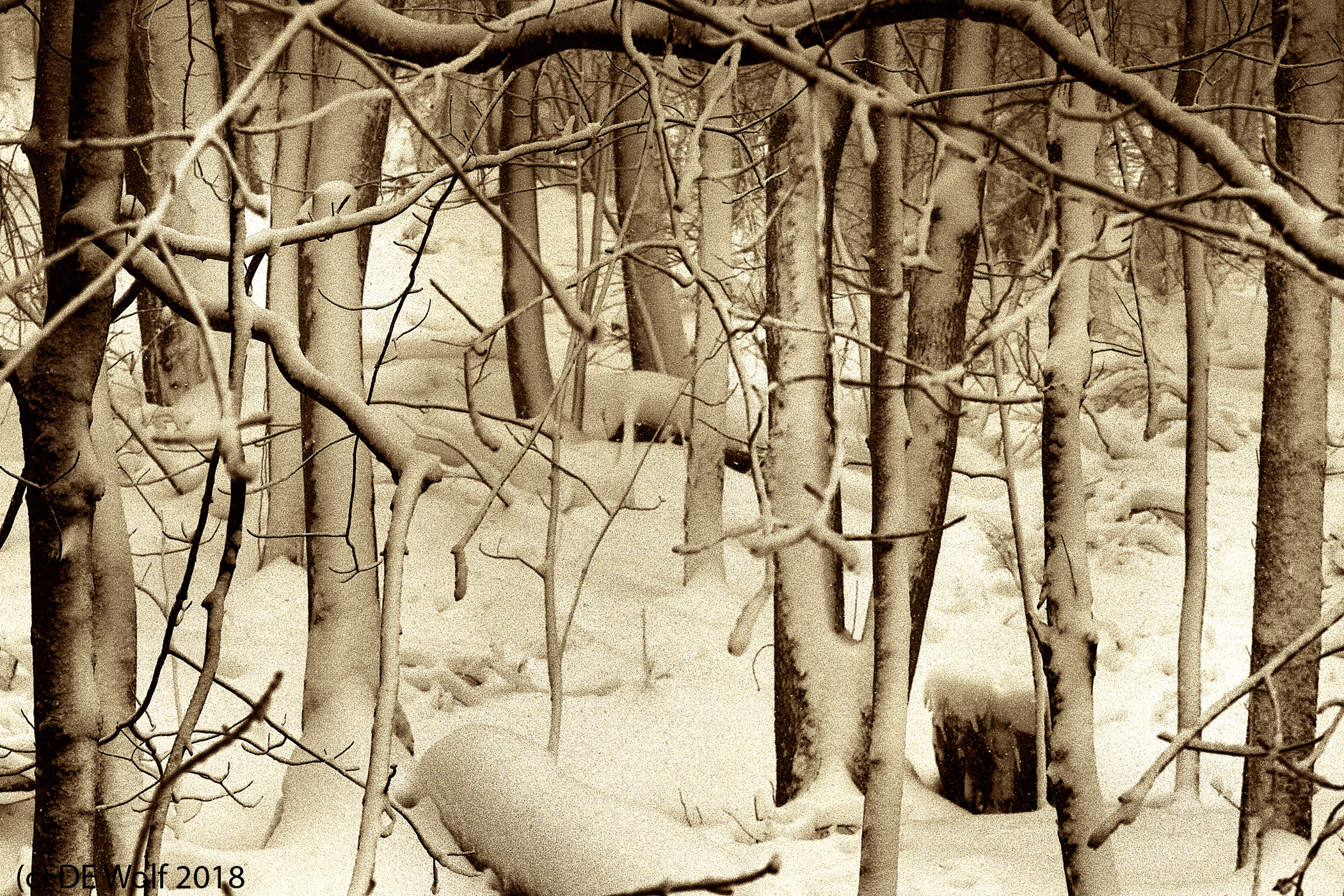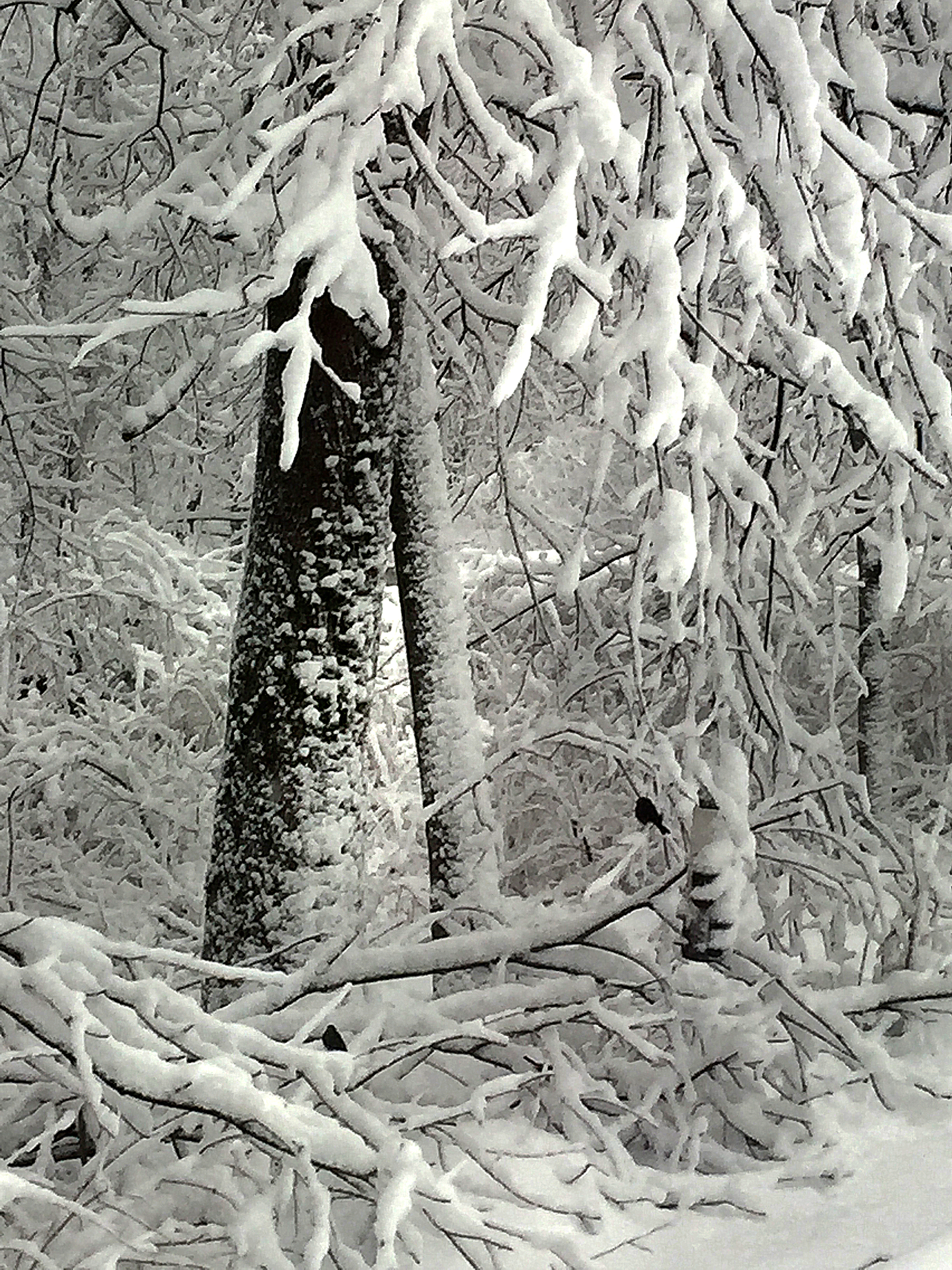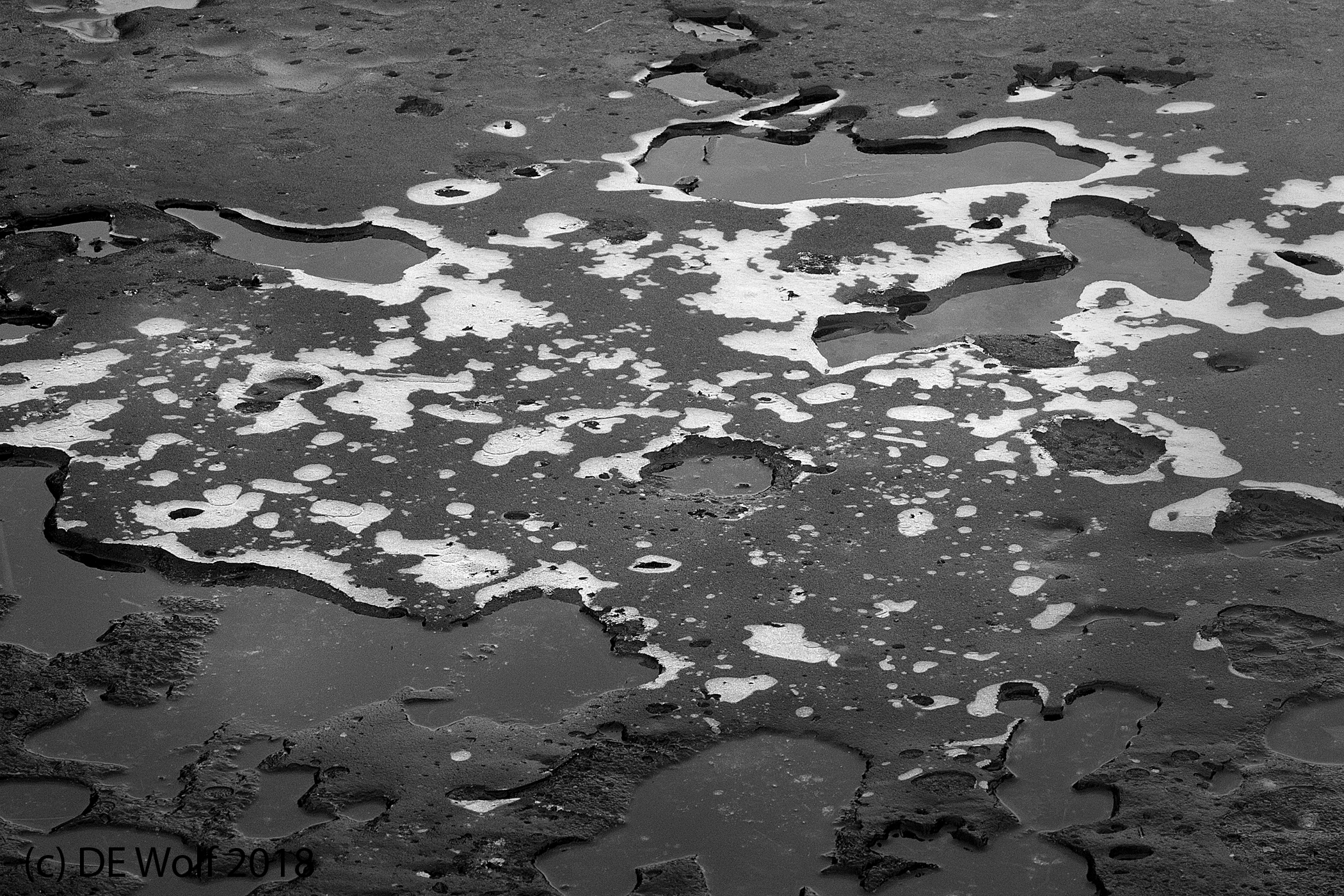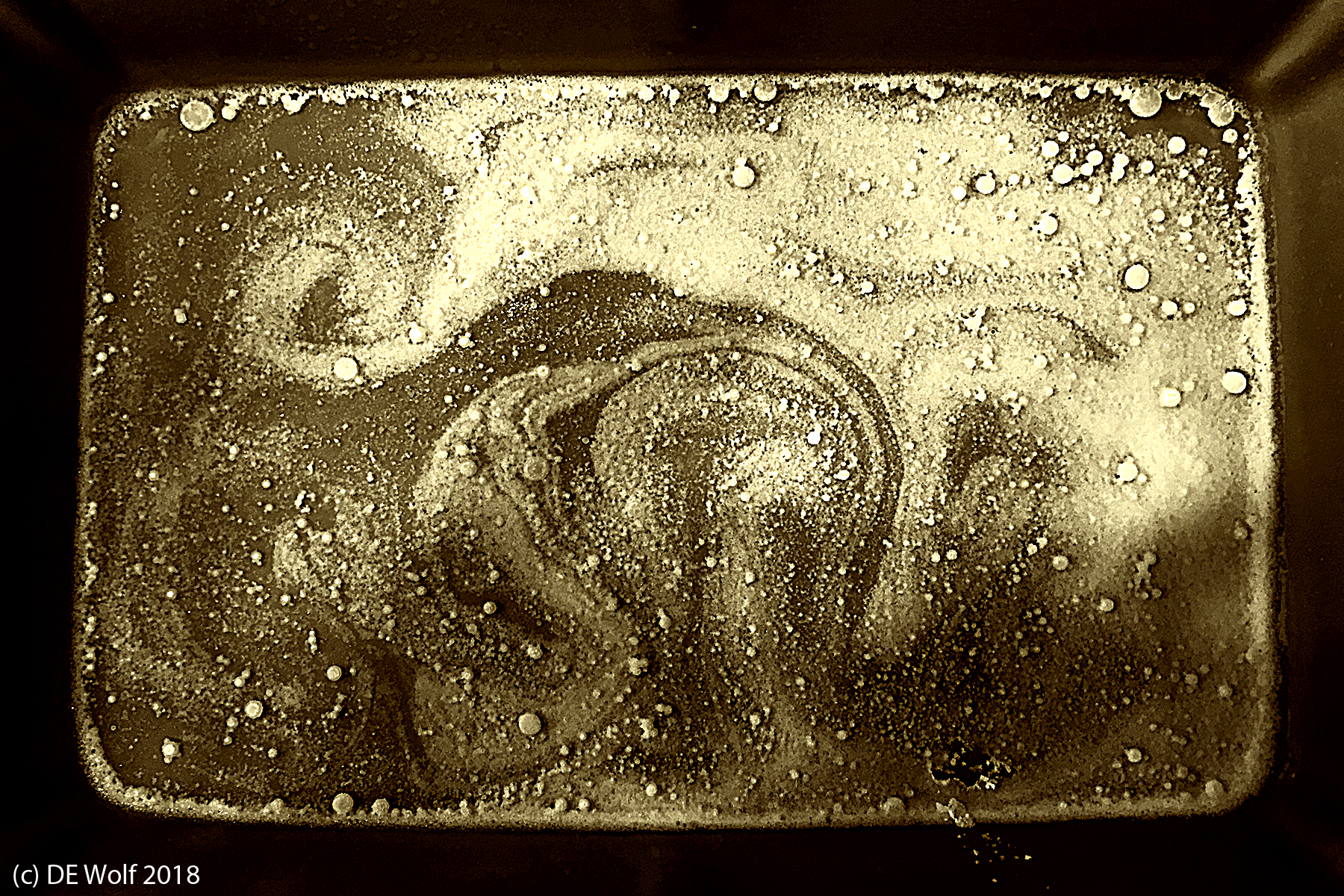
Figure1 – Convection, IPhone photograph. (c) DE Wolf, 2018.
The other day I was microwaving asparagus. It was a modest act, to be sure. But physics dwells within the seemingly mundane. The asparagus was placed in a bit of water and covered with pats of butter. Water! Butter! You may anticipate where all this is going. Because, later when I went to clean the ceramic dish, I found that the water had all evaporated and the swells of molten butter congealed, freezing in time and space the convective thermal forces at work.
Now the miscibility of oils and water have been well exploited in, for instance, the decorative marbling of old book papers. But convection, that’s a beautiful phenomenon, so often neglected. We see convective cells in our morning coffee, but barely pause before we drink it up. We take convection for granted. A young women anxious to attract a certain classmate wears a special perfume. If she were dependent on diffusion in air, well.. Let me just say we or she would still be waiting. It is through convection, thermally driven airflows that she works her magic. The whole perfume industry is based on this simple fact. And most importantly, beneath our feet, deeper than the solid lithosphere, seethes the molten magma, heated (are you ready for this?) by the power of radioactive decay. The lithosphere floats on this molten sea, and convective flows move the continents. This is the famous continental drift of tectonic theory. There are granites on Cape Ann in Massachusetts that can be matched to other stones in Africa.
So I guess that the morale the story is that next time you see the swirls in your coffee cup, you should marvel at what a powerful force convection is.
And yes, of course, I have a quote for you
“The earth holds a silver treasure, cupped between ocean bed and tenting sky. Forever the heavens spend it, in the showers that refresh our temperate lands, the torrents that sluice the tropics. Every suckling root absorbs it, the very soil drains it down; the rivers run unceasing to the sea, the mountains yield it endlessly… Yet none is lost; in vast convection our water is returned, from soil to sky, and sky to soil, and back gain, to fall as pure as blessing. There was never less; there could never be more. A mighty mercy on which life depends, for all its glittering shifts, water is constant.”
A Cup of Sky (1950)
